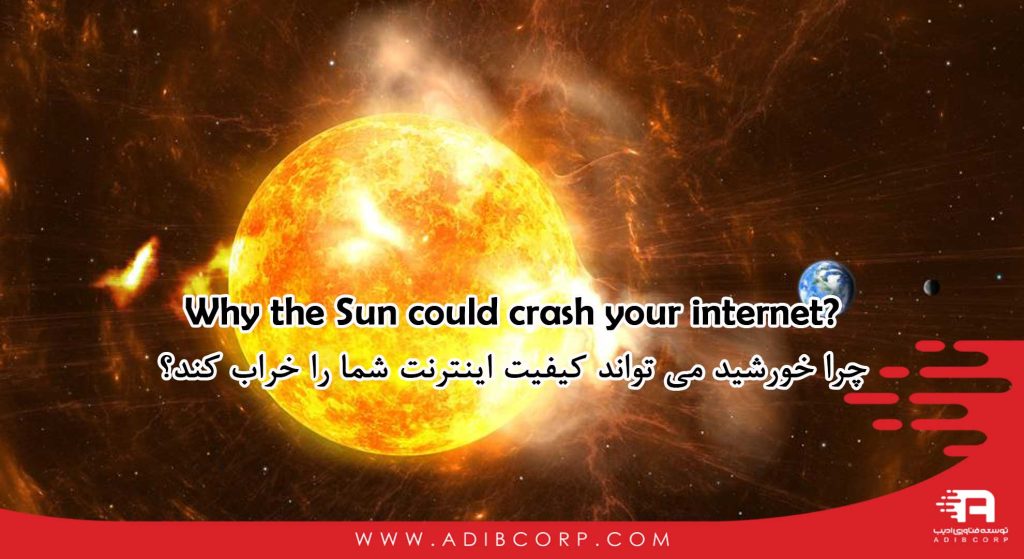On September 1st, 1859, miners following the Colorado gold rush woke up to another sunny day. Or so they thought. To their surprise, they soon discovered it was actually 1 am; and the sky wasn’t lit by the Sun, but rather by brilliant drapes of light. The blazing glow could be seen as far as the Caribbean, leading people in many regions to believe that nearby cities had caught fire. But the true cause of what would come to be known as the Carrington Event was a solar storm— the largest in recorded history.
Solar storms are one of many astrophysical phenomena caused by magnetic fields. These fields are generated by movements of electrically charged particles like protons and electrons. For example, Earth’s magnetic field is generated by charged molten metals circulating in the planet’s outer core. Similarly, the Sun’s magnetic field is generated by large convective movements in the plasma that composes the star. As this plasma slowly swirls, it creates areas of intense magnetic activity called sunspots. The magnetic fields that form near these regions often become twisted and strained. And when they’re stretched too far, they snap into simpler configurations, releasing energy that launches plasma from the Sun’s surface. These explosions are known as coronal mass ejections.
The plasma— mostly made of protons and electrons— accelerates rapidly, quickly reaching thousands of kilometers per second. A typical coronal mass ejection covers the distance between the Sun and the Earth in just a couple of days, flowing along the magnetic field that permeates the solar system. And those that cross the Earth’s path are drawn to its magnetic field lines, falling into the atmosphere around the planet’s magnetic poles. This tidal wave of high-energy particles excites atmospheric atoms such as oxygen and nitrogen, causing them to rapidly shed photons at various energy levels. The result is a magnificent light show we know as the auroras. And while this phenomenon is usually only visible near the Earth’s poles, strong solar storms can bring in enough high energy particles to light up large stretches of the sky.
The magnetic fields in our solar system are nothing compared to those found in deep space. Some neutron stars generate fields 100 billion times stronger than those found in sunspots. And the magnetic fields around supermassive black holes expel jets of gas that extend for thousands of light years. However, on Earth, even weak solar storms can be surprisingly dangerous. While the storms that reach us are generally harmless to humans, the high-energy particles falling into the atmosphere create secondary magnetic fields, which in turn generate rogue currents that short-circuit electrical equipment. During the Carrington Event, the only widespread electrical technology was the telegraph. But since then, we’ve only become more dependent on electrical systems. In 1921, another powerful solar storm caused telephones and telegraph equipment around the globe to combust. In New York, the entire railway system was shut down and fires broke out in the central control building. Comparatively weak storms in 1989 and 2003 turned off regions of the Canadian power grid and damaged multiple satellites. If we were hit by a storm as strong as the Carrington Event today, it could devastate our interconnected, electrified planet.
Fortunately, we’re not defenseless. After centuries of observing sunspots, researchers have learned the Sun’s usual magnetic activity follows an 11-year cycle, giving us a window into when solar storms are most likely to occur. And as our ability to forecast space weather has improved, so have our mitigation measures. Power grids can be shut off in advance of a solar storm, while capacitors can be installed to absorb the sudden influx of energy. Many modern satellites and spacecraft are equipped with special shielding to absorb the impact of a solar storm. But even with these safeguards, it’s hard to say how our technology will fare during the next major event. It’s possible we’ll be left with only the aurora overhead to light the path forward.



